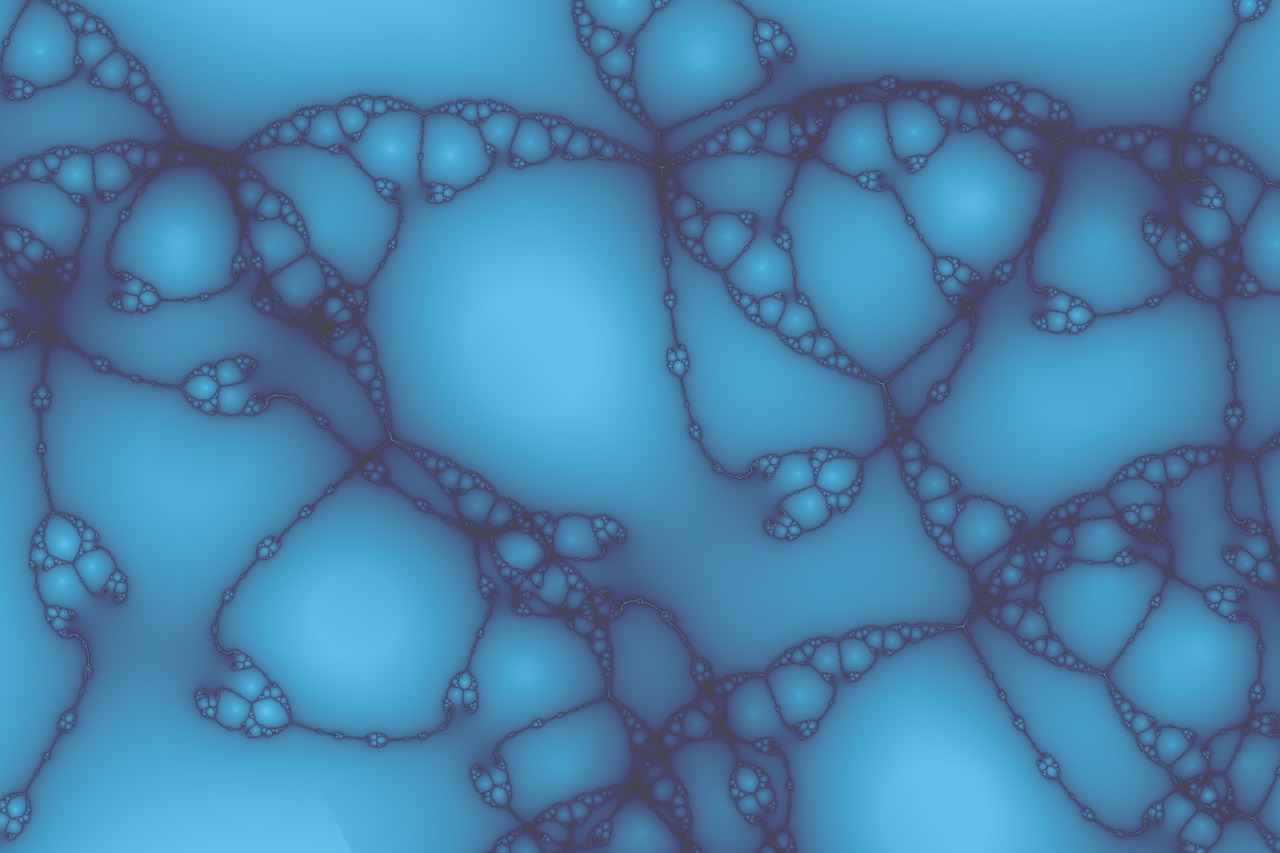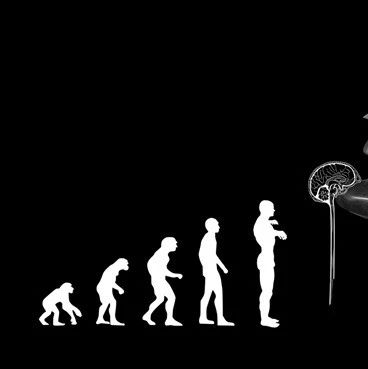美国科罗拉多大学博尔德分校的一个研究小组开发出了一款新的软件,利用该软件,神经科学家就可以从数百项个体研究中得到单个大脑成像的图片,大脑成像研究也不再是一个很繁琐、很费时的过程。
无创神经影像技术,如功能性磁共振成像(或称为fMRI)的发展激励了大量的科学研究,并推动了人类大脑与其认知功能的重大进展。然而,科罗拉多大学博尔德分校的心理学和神经科学系博士后研究员Tal Yarkoni认为:研究人员现在可以得到大量的数据,而不是之前那么少了。
由Yarkoni和他的同事开发的这款新软件可以根据一个特定的题目来检索已发表的科学文献,然后从这些文章中提取出大脑扫描图像。用“荟萃分析”统计过程,研究人员一次就能够从数百项研究结果中得到一致的“大脑活动图像”。
Yarkoni 说:“由于这个新的方法是完全自动化的,它几乎在瞬间就可以分析出数百个不同的实验任务或精神状态,而不需要研究人员花费数周或数月只进行一个分析。”
这项研究引进了一种新方法来进行大脑成像数据分析,于6月26日发表于Nature Methods,Yarkoni是这篇文章的第一作者,来自德克萨斯大学、华威大学、华盛顿大学和科罗拉多大学的多位研究人员也为这项研究的开展做出了贡献。
大脑扫描技术,如fMRI,彻底改变了人们对大脑的理解,帮助研究人员深入了解人类的大脑是怎样进行精神活动的,不过,解释脑成像的研究结果往往比较困难。
Yarkoni说:“通常人们认为当我们扫描人的大脑时,我们可以根据他们的行为来理解他们的想法,但实际上要复杂得多,我们看到的彩色图像实际上只是一种估计,因为每次的研究都会给出一些不同的画面,我们只有结合许多不同的结果,才可以得到一个清晰完整的图像。”
能够同时看到许多不同的精神状态,这使得研究人员提出了一些很有趣的新问题,例如,研究人员可以挑选出他们感兴趣的一个特定的大脑区域,并确定哪些精神状态最有可能激活这个区域,或者他们可以根据一个人的大脑活动模式来计算出他可能要执行的特定活动。
在他们的研究中,研究小组能够根据图像分辨出在大脑扫描过程中,谁经历了身体上的病痛,又是谁在执行困难的记忆任务,还有谁在看情绪图片,准确性可达到80%,该小组预计随着他们软件的开发,性能水平也会不断提高,并相信他们的工具将提高研究人员在解码大脑活动状态方面的能力。
Yarkoni说:“我们并不期望能够很详细地分辨出人们的感觉,或者他们在思考些什么,但我们将会大致区分开一些精神状态,我们希望,有朝一日这些工具可以用于临床诊断,来协助治疗精神健康障碍等疾病。”(生物探索译 nancy)
生物探索推荐英文原文:
CU Researchers Develop New Software To Advance Brain Image Research
A University of Colorado Boulder research team has developed a new software program allowing neuroscientists to produce single brain images pulled from hundreds of individual studies, trimming weeks and even months from what can be a tedious, time-consuming research process.
The development of noninvasive neuroimaging techniques such as functional magnetic resonance imaging, or fMRI, spurred a huge amount of scientific research and led to substantial advances in the understanding of the human brain and cognitive function. However, instead of having too little data, researchers are besieged with too much, according to Tal Yarkoni, a postdoctoral fellow in CU-Boulder's psychology and neuroscience department.
The new software developed by Yarkoni and his colleagues can be programmed to comb scientific literature for published articles relevant to a particular topic, and then to extract all of the brain scan images from those articles. Using a statistical process called "meta-analysis," researchers are then able to produce a consensus "brain activation image" reflecting hundreds of studies at a time.
"Because the new approach is entirely automated, it can analyze hundreds of different experimental tasks or mental states nearly instantaneously instead of requiring researchers to spend weeks or months conducting just one analysis," said Yarkoni.
Yarkoni is the lead author on a paper introducing the new approach to analyzing brain imaging data that appears in the June 26 edition of the journal Nature Methods. Russell Poldrack of the University of Texas at Austin, Thomas Nichols of the University of Warwick in England, David Van Essen of Washington University in St. Louis and Tor Wager of CU-Boulder contributed to the paper.
Brain scanning techniques such as fMRI have revolutionized scientists' understanding of the human mind by allowing researchers to peer deep into people's brains as they engage in mental activities as diverse as reciting numbers, making financial decisions or simply daydreaming. But interpreting the results of brain imaging studies is often more difficult, according to Yarkoni.
"There's often the perception that what we're doing when we scan someone's brain is literally seeing their thoughts and feelings in action, but it's actually much more complicated," Yarkoni said. "The colorful images we see are really just estimates, because each study gives us a somewhat different picture. It's only by combining the results of many different studies that we get a really clear picture of what's going on."
The ability to look at many different mental states simultaneously allows researchers to ask interesting new questions. For instance, researchers can pick out a specific brain region they're interested in and determine which mental states are most likely to produce activation in that region, he said. Or they can calculate how likely a person is to be performing a particular task given their pattern of brain activity.
In their study, the research team was able to distinguish people who were experiencing physical pain during brain scanning from people who were performing a difficult memory task or viewing emotional pictures with nearly 80 percent accuracy. The team expects performance levels to improve as their software develops, and believes their tools will improve researchers' ability to decode mental states from brain activity.
"We don't expect to be able to tell what people are thinking or feeling at a very detailed level," Yarkoni said. "But we think we'll be able to distinguish relatively broad mental states from one another. And we're hopeful that might even eventually extend to mental health disorders, so that these tools will be useful for clinical diagnosis."







